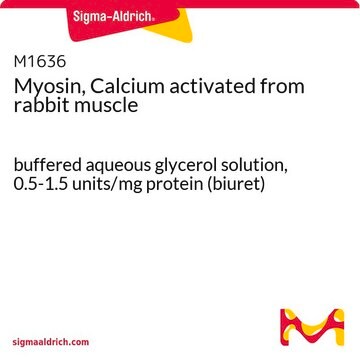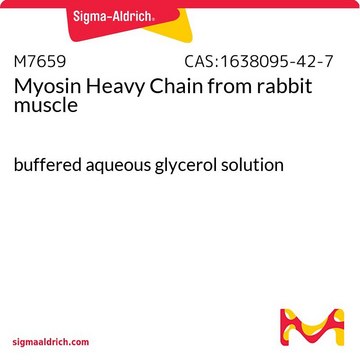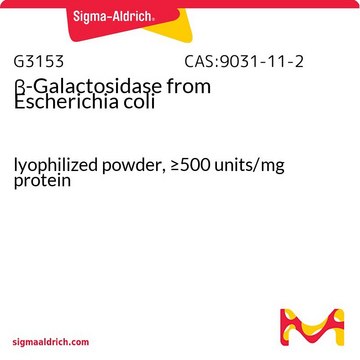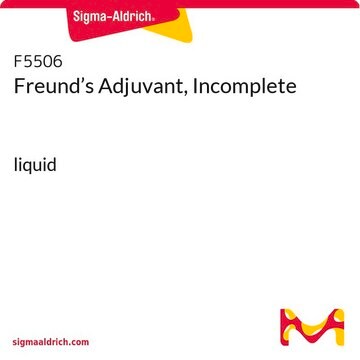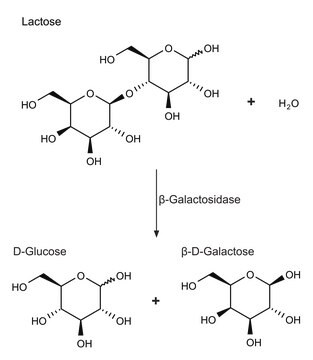M0531
Myosin, Calcium activated from porcine heart
buffered aqueous glycerol solution, 0.1-0.5 units/mg protein (biuret)
Sinónimos:
Calcium-Activated Myosin, Myosin from Porcine Heart, Porcine Heart Myosin
About This Item
Productos recomendados
biological source
Porcine heart
form
buffered aqueous glycerol solution
specific activity
0.1-0.5 units/mg protein (biuret)
mol wt
heavy chain ~200 kDa (each)
light chain 15-20 kDa (each)
~480 kDa
concentration
≥1.0 mg protein/mL Biuret
color
hazy colorless to light yellow
UniProt accession no.
shipped in
wet ice
storage temp.
−20°C
Gene Information
pig ... MYHC(396711)
Categorías relacionadas
General description
Application
Biochem/physiol Actions
Unit Definition
Physical form
Storage Class
10 - Combustible liquids
wgk_germany
WGK 2
flash_point_f
Not applicable
flash_point_c
Not applicable
Elija entre una de las versiones más recientes:
¿Ya tiene este producto?
Encuentre la documentación para los productos que ha comprado recientemente en la Biblioteca de documentos.
Los clientes también vieron
Therapy on Autoimmune Giant Cell Myocarditis
Concomitant Suppression of the Expression of Dendritic Cells
Artículos
Myosins are a family of ATP-dependent motor proteins. Myosin II is the major contractile protein involved in eukaryotic muscle contraction by “walking” along actin microfilaments of the sarcomere
Nuestro equipo de científicos tiene experiencia en todas las áreas de investigación: Ciencias de la vida, Ciencia de los materiales, Síntesis química, Cromatografía, Analítica y muchas otras.
Póngase en contacto con el Servicio técnico